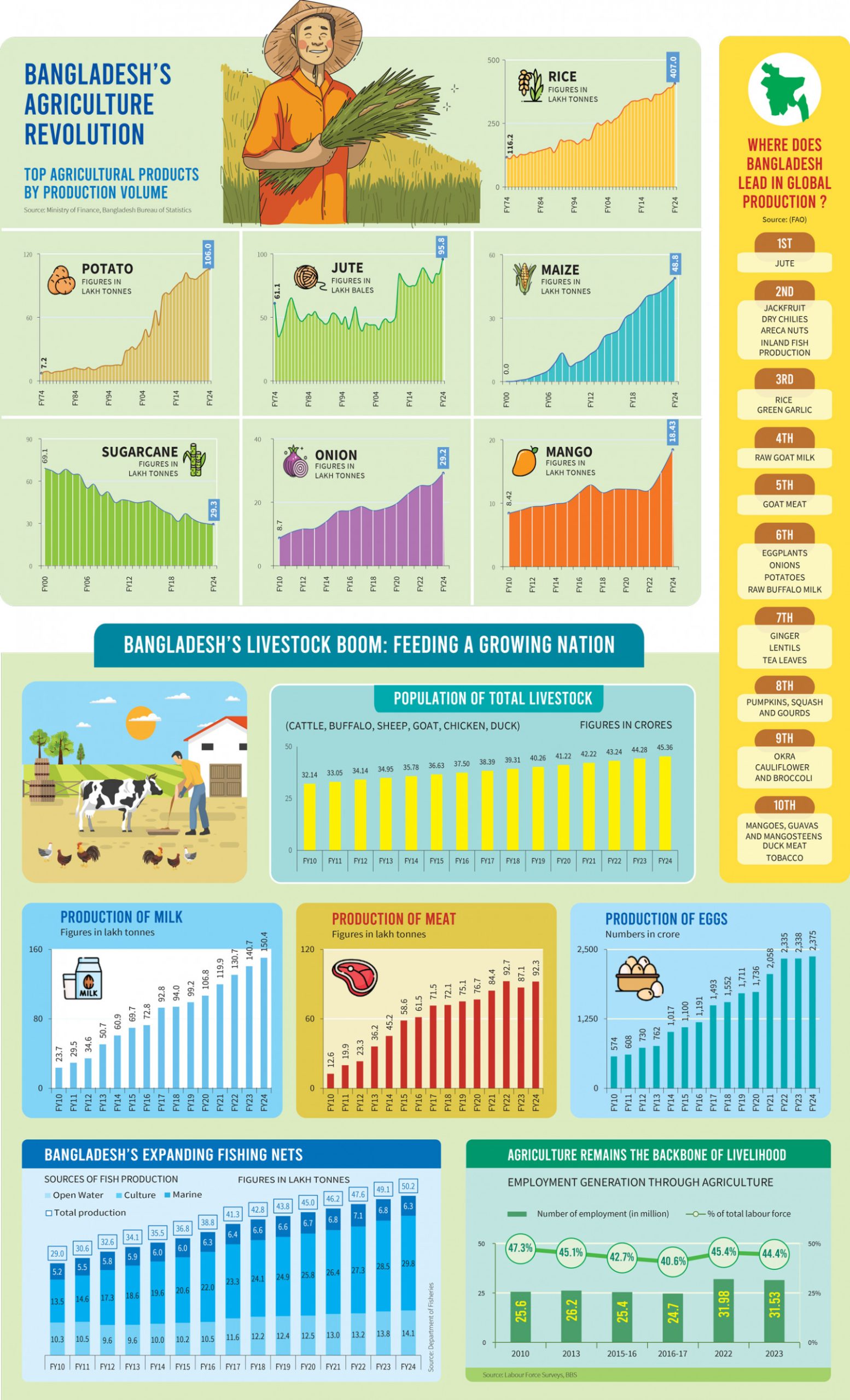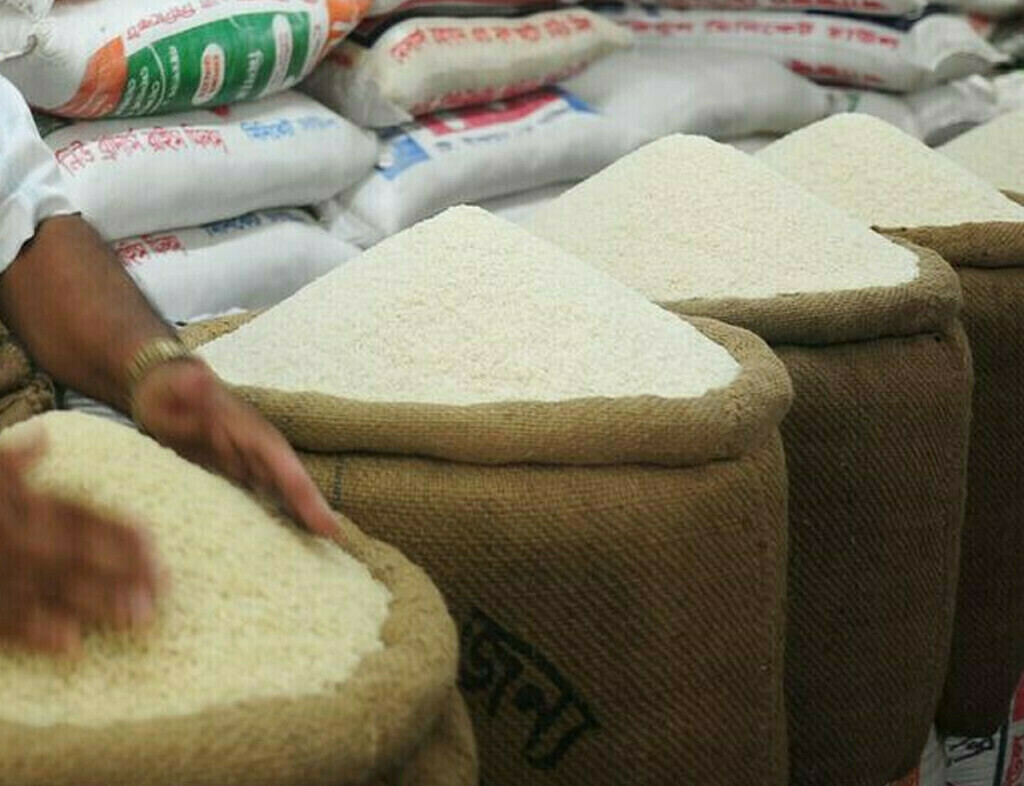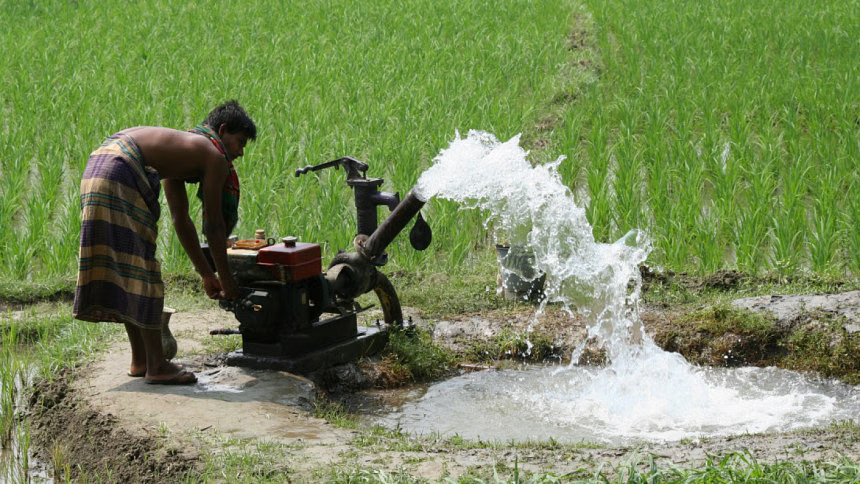Tags
What is golden rice? Why a Philippines court has blocked its production?
Golden rice is a genetically modified variety of the grain rich in beta-carotene, a pigment that is converted to vitamin A in the body. A Philippines court recently ruled against its commercial propagation. Here’s why
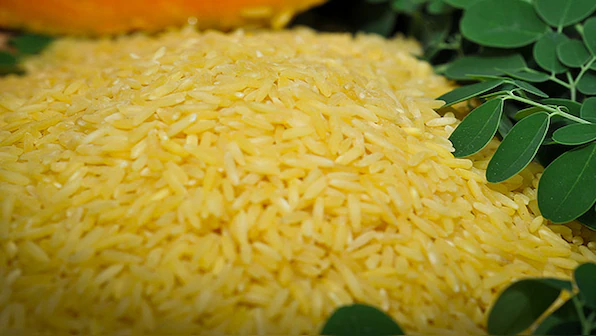
The picture released by International Rice Research Institute (IRRI) in 2013 shows golden rice. File Photo/AFP
A court in the Philippines has ruled against the production of genetically modified (GM) golden rice for commercial purposes over safety concerns. The verdict also applies to GM eggplant, known as BT brinjal.
The Philippines became the first country worldwide to approve the commercial release of golden rice, locally called Malusog Rice, in 2021. However, there has been a long-standing debate over this beta-carotene-enriched variety of rice.
Let’s understand.
Why was golden rice introduced?
The Philippines green-lit golden rice to combat childhood blindness, reported the AFP news agency.
Golden rice has a bright yellow-orange colour which it gets from added beta-carotene, a pigment that is converted to vitamin A in the body. Vitamin A is necessary for the functioning of your immune system, vision, reproductive health, and normal growth and development.
The rice variety was developed over two decades by the Philippines-based International Rice Research Institute (IRRI) and the Department of Agriculture-Philippine Rice Research Institute (PhilRice), the news agency reported.
Vitamin A deficiency is a major worry in nations in the Global South, including the Philippines. Millions of Filipino children suffer from vitamin A deficiency (VAD) and experts hope golden rice would help tackle that, as per a Mongabay report.
According to the World Health Organization (WHO), VAD causes about 500,000 cases of childhood blindness annually. Most of such incidents occur in developing nations, with half of kids dying within a year of losing their eyesight, reported AFP.
As per the IRRI’s estimates, nearly 17 per cent of children below five years have vitamin A deficiency in the Philippines.
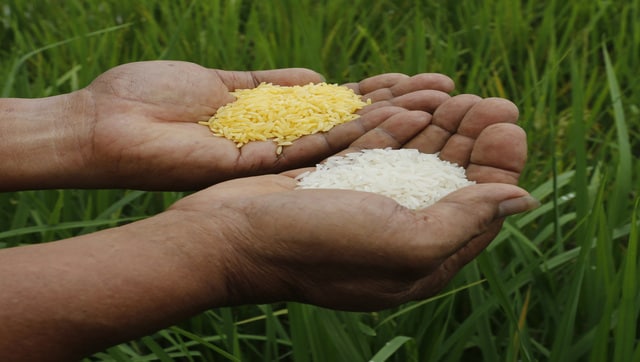
Ordinary rice, which is the staple of crores of people around the world, especially in Asia, has beta-carotene in the plant but not in the grain. An IRRI researcher told AFP in 2021 that in golden rice, beta-carotene is produced in the grain.
Food safety regulators in Australia, New Zealand, Canada, and the United States confirmed golden rice’s safety for consumption, PhilRice reportedly said earlier. However, the grain has not been approved in these countries for commercial production.
In July 2021, golden rice was approved by biosecurity authorities in the Philippines for production and consumption. A year later, plating of the rice began in seven provinces.
Debate over golden rice
Not everyone is happy with the creation of genetically modified golden rice. The grain has faced opposition from small farmers in the Philippines and environmental groups who are against genetically altered food plants.
In August 2013, over 400 farmers and advocates had stormed a test field for golden rice in Pili, a town in Camarines Sur province, southeast of the capital Manila.
“We vehemently reject it as it will not serve any purpose for our welfare and our overall mission to holistically feed our community with safe, affordable, and adequate food,” Fernando de Chavez, a spokesperson for the grassroots group SIKWAL GMO (meaning reject GMOs) told Mongabay last year.
There are concerns about golden rice over its potential impact on the environment, livelihoods of farmers and human health.
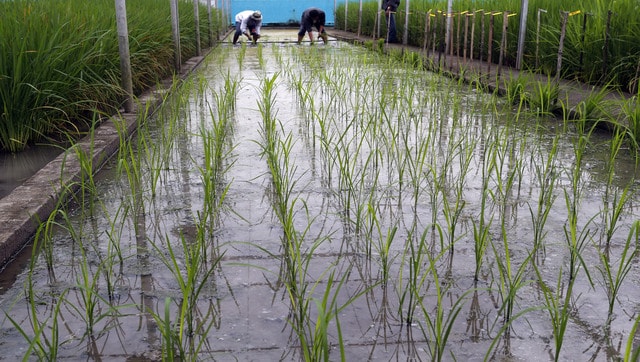
As per The New Indian Express (TNIE), critics of golden rice and BT brinjal have called for more sustainable, community-driven farming methods via farmer-led agroecology.
However, proponents of golden rice say it is “as safe as conventional rice” and consuming it “offers a potent and cost-effective strategy to combat VAD” and the risks linked to the deficiency, reported Mongabay.
What has the Philippine court said?
The Court of Appeals in Manila revoked the biosafety permit for commercial production of golden rice granted by government regulators in 2021. This comes after 14 opponents, including Greenpeace, of the rice variety moved the court.
The court’s ruling, issued on 17 April, reads, “Considering the unmistakable importance of the constitutional right to a balanced and healthful ecology, especially in these times, we remind the government of its eminent duty to assiduously protect said right”, reported Philippine News Agency.
“By reason of the conflicting scientific views and uncertainties on the risks and effects of Golden Rice and Bt Eggplant, potential severe and grave threats to the welfare of people and the environment arise,” the court said, as per AFP.
It has asked the Philippines government to bolster the risk assessment for genetically modified organisms (GMOs).
The opponents have hailed the ruling.
“This decision is a monumental win for Filipino farmers and Filipino people who have for decades stood up against genetically modified crops,” Greenpeace Southeast Asia campaigner Wilhelmina Pelegrina said in a statement, according to the AFP report.
“GM crops have never been proven safe, and have hindered necessary progress on climate resilient ecological agriculture that keeps the control of seeds on our farmers.”
However, the scientists involved in the creation of golden rice in the country maintain it is safe to eat. PhilRice executive director John de Leon said the institute was “reviewing the implications” of the ruling to respond accordingly, reported AFP.
As per TNIE, the verdict could be challenged by the government.
https://www.firstpost.com/explainers/golden-rice-philippines-court-blocked-production-gm-brinjal-13764260.htmlPublished Date: April 26, 2024




